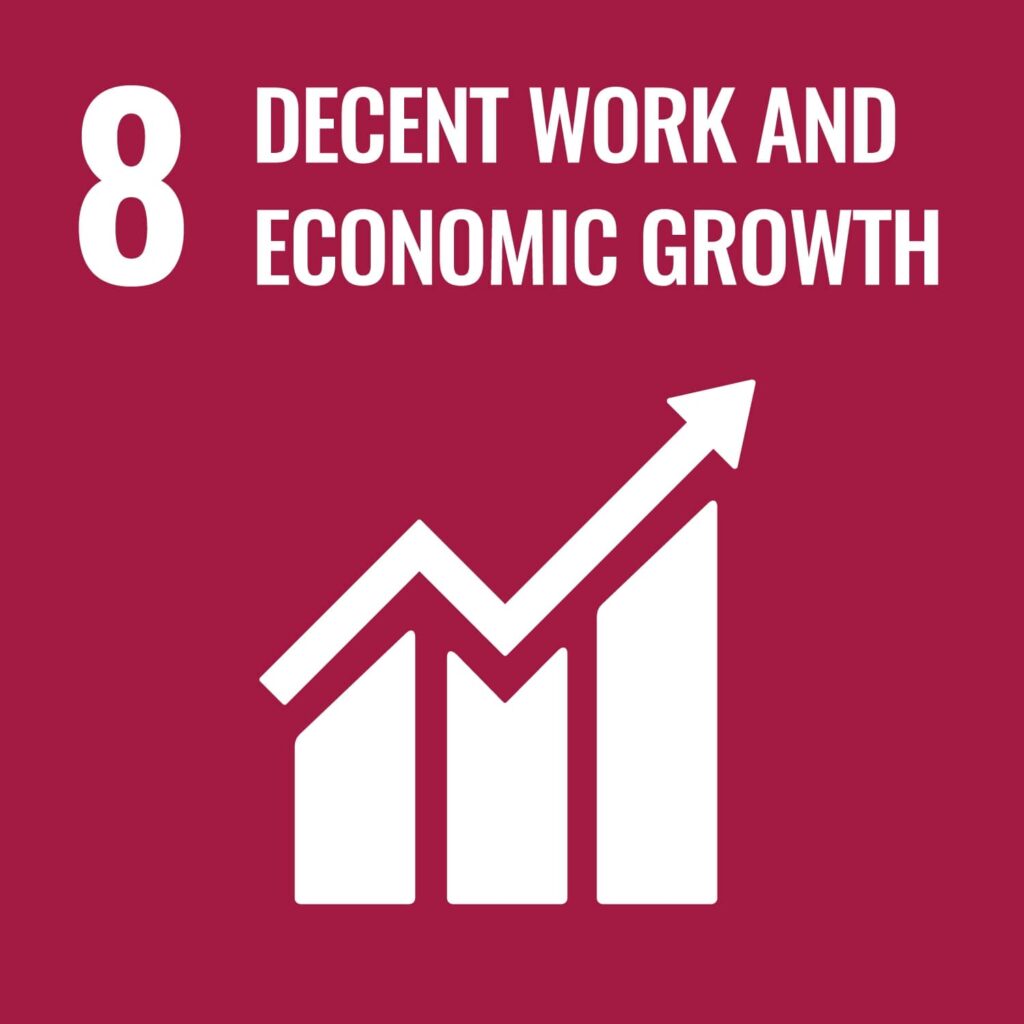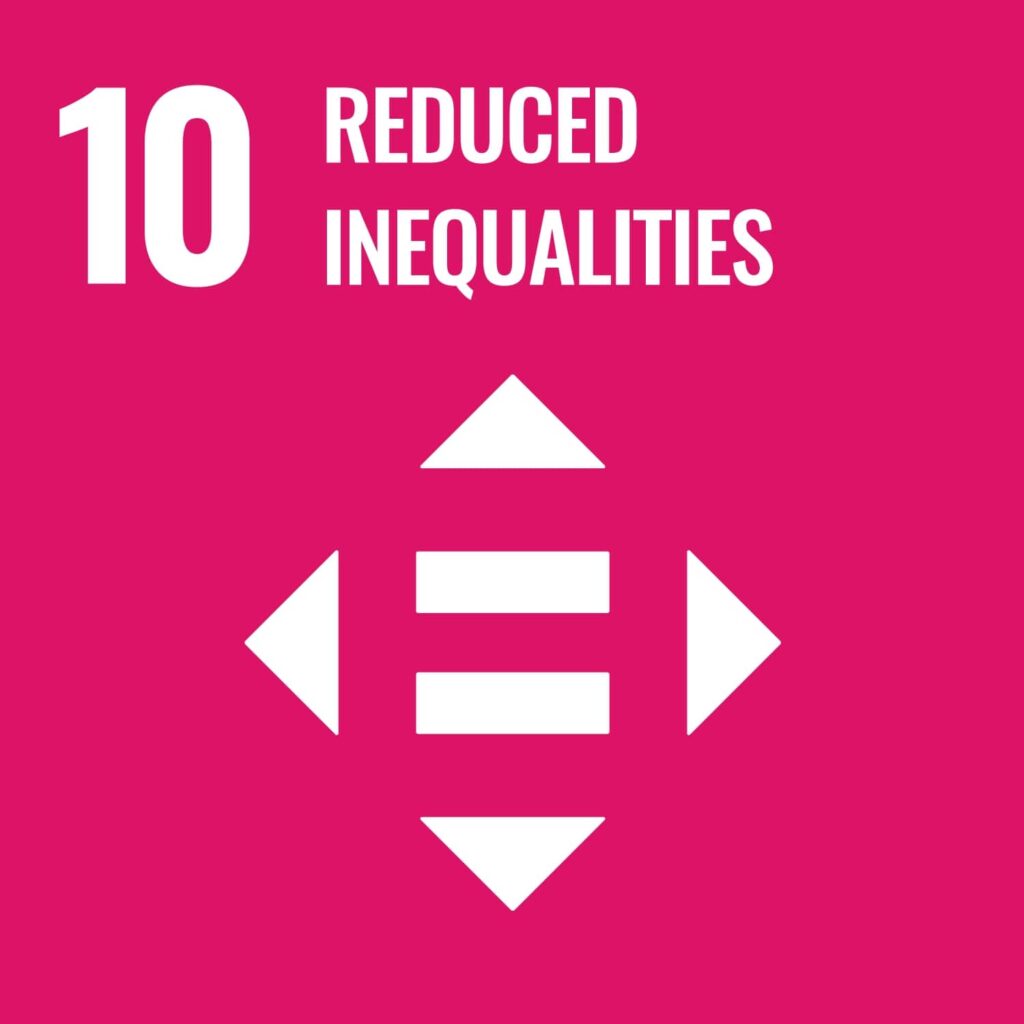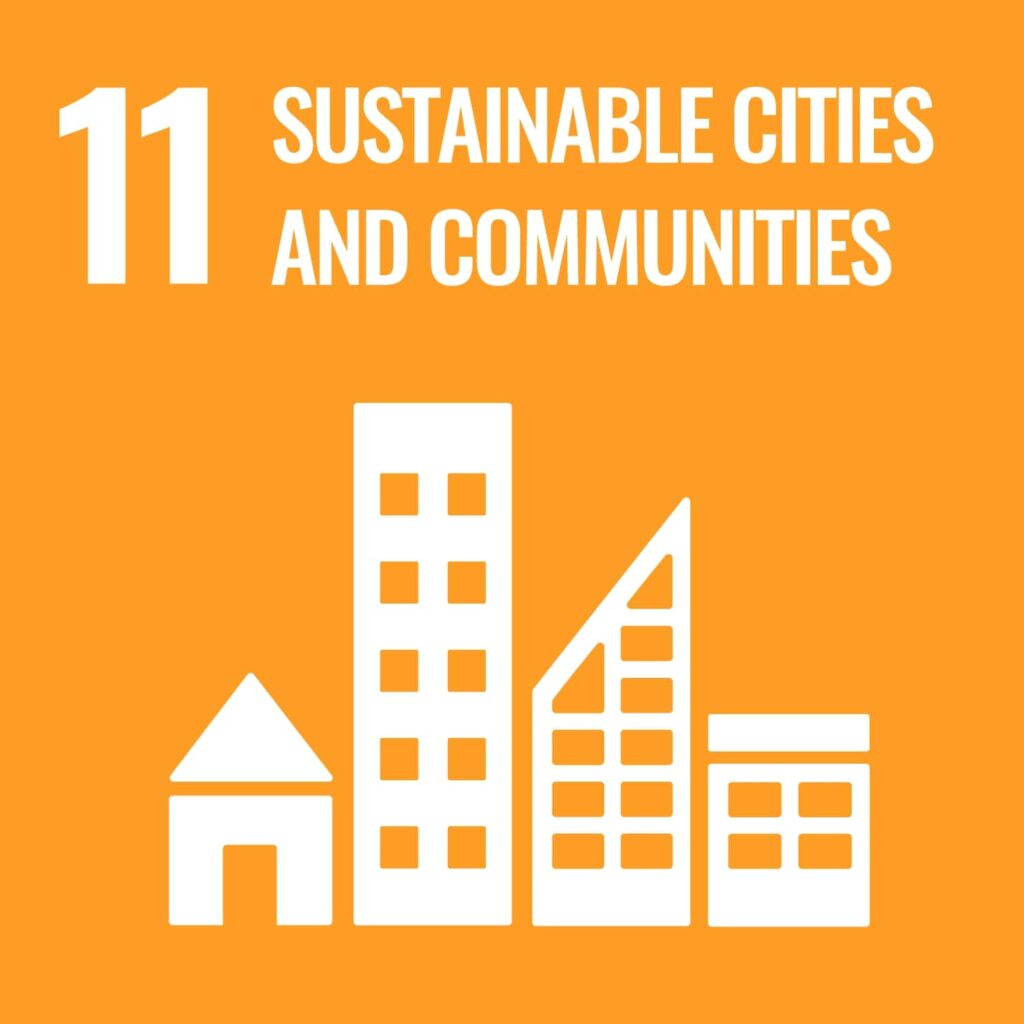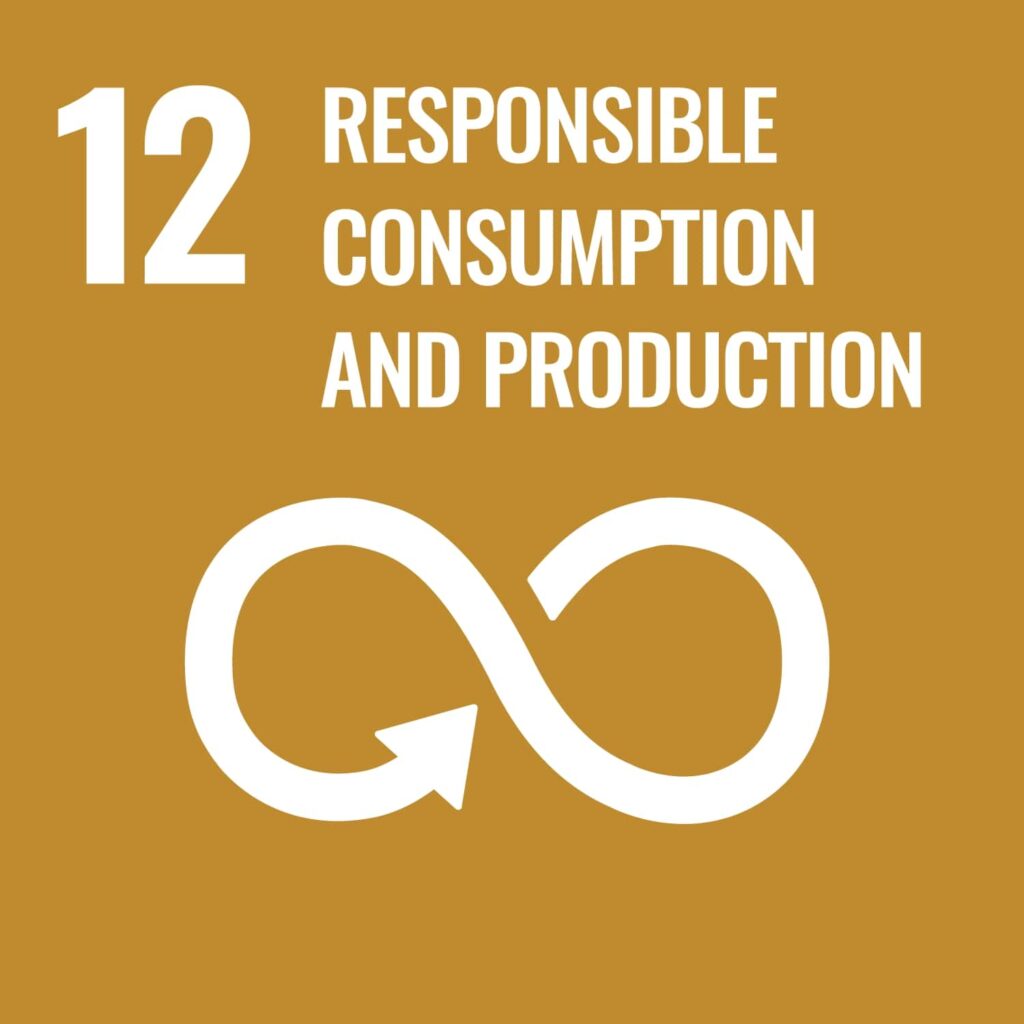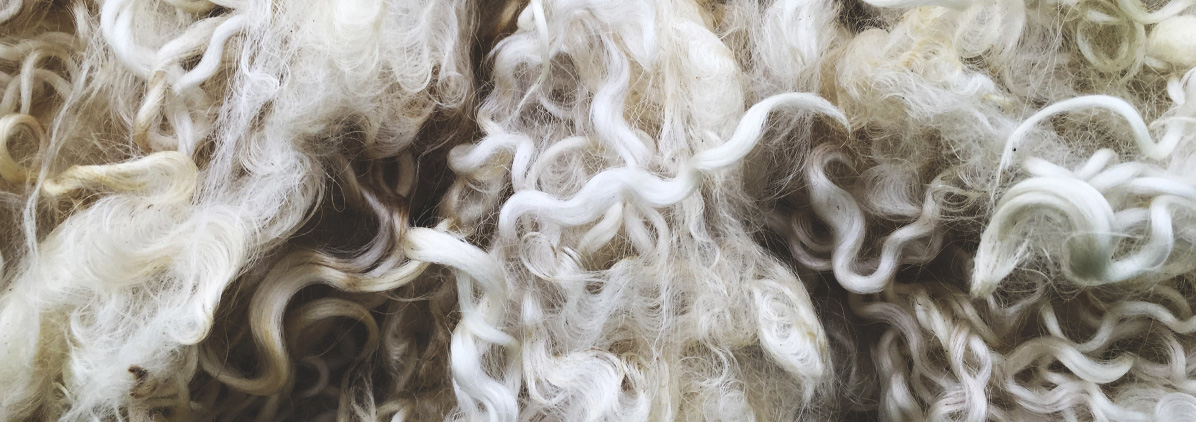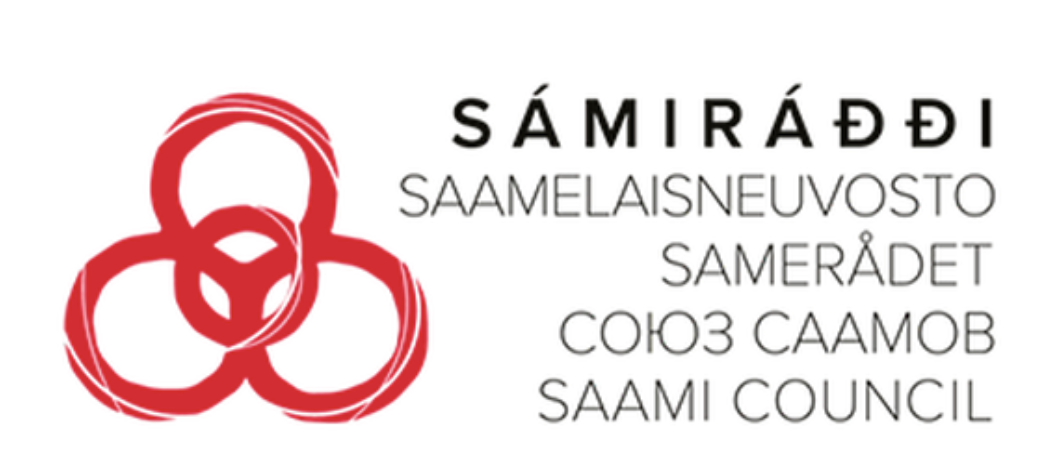
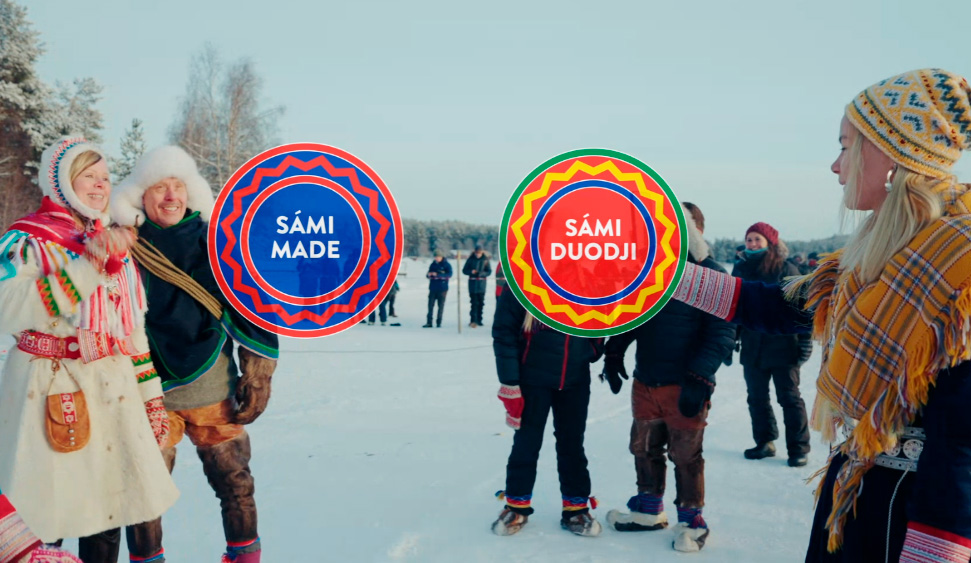
Sámi people are the North European indigenous people whose home area stretches from the middle parts of Norway and Sweden to northern Finland and Kola Peninsula in north-western Russia. Already for some decades, the Sámi communities have actively worked in their countries to raise awareness about their cultures and languages calling for their cultural and other rights in society. Misuse and cultural appropriation of emblematic forms of Sámi culture, especially the traditional dresses (gákti) and other craft items (duodji) have been repeatedly in the headlines. Sámi crafters and artisans together with institutions have enthusiastically looked for ways to safeguard and protect the living heritage of their craft cultures. Awareness about the relevance of intellectual property rights (IPR) has significantly contributed to this work.
The Sámi people have for a long time been aware of the importance of advocating legal improvements to protect and support their culture and ways of life. However, approaches of intellectual property rights and related tools have not been widely used in the communities. The LIVIND pilot project served to increase the awareness about IPR and how it could be applied among the Sámi crafters and artisans. The pilot project organiser, the Sámi Council, together with other partners, including the foundation for crafts, the Sámi Duodji, targeted the popular event among the community, the Jokkmokk winter market in Northern Sweden in February, to meet actors in the field and disseminate information about the possibility to apply trademarks in the marketing and retailing of Sámi craft products. To connect even a wider audience, an additional online meeting for the same purpose was held. Moreover, the winter market created a backdrop for the professional shooting of an informational video that was published on the social media to raise awareness.
The Jokkmokk (Johkamohkki) winter market gathers annually together hundreds of people, especially from the Sámi communities, to meet friends and relatives and, of course, to sell and buy different goods. An expected and popular event, it was targeted for organising the fireplace discussion (dollagátte ságastallan), planned especially for meeting with Sámi crafters and artisans, businesses, who participate the market to sell their products, and with stakeholder organisations. The event proved to be successful as it sparked good discussions and awakened in many the interest to apply specific trademarks created especially for Sámi crafters and artisans’ use. In addition to joint discussions the event was continued with one-to-one conversations that continued throughout the market weekend and allowed addressing artisans’ different contexts and needs in more detail.
The northern February weather posed some challenges for event. As temperatures dropped to -25° C (-13° F), there weren’t as many participants as had been expected. To compensate for this and to offer more people the chance to learn about IPR in the context of craft business, an online meeting was organised bringing almost fifty more interested participants together. The short film, shot by Carl-Johan Utsi, explaining how trademarks can help protecting Sámi culture was edited during the spring and was launched on the Instagram profile “samitrademarks” and pinned so that visitors and followers of the profile are likely to see it. Having implemented the pilot project, the organisers called together project partners and stakeholders to an evaluation meeting to assess the project’s results and success.
As a result, the project circulated information about the ongoing activities for increasing the use of Sámi trademarks reaching close to hundred Sámi crafters and artisans in Sweden, Norway, and Finland. The project effectively raised awareness about trademarks as a practical approach to applying intellectual property rights tools that had not previously been widely utilised. The pilot project tested the informal format of gathering participants around the fireplace to stimulate discussion about IP and trademarks, resulting in a growing number of Sámi businesses, crafters and artisans (duojárs) to apply trademark in their products. Currently, 45 entities have been approved for trademarks, with an additional 43 awaiting processing.
Supported further by the online meeting, the project’s presence at the Jokkmokk / Johkamohkki market proved vital for engaging the target audience, facilitating valuable conversations with crafters and artisans. The project gave insights into adapting the trademarks system to better serve the needs of Sámi craft community, informing adjustments in communication strategies based on frequently asked questions. The video (in North Sámi / English) was created to clarify the use of trademarks and to enable spreading the message further in the community and beyond, also to other indigenous groups.
The pilot project especially contributed to Sustainable Development Goals 8 (Decent Work and Economic Growth), 10 (Reduced Inequalities), 11 (Sustainable Cities and Communities), and 12 (Responsible Production and Consumption).
Pilot project manager: Saami Council https://www.saamicouncil.net/
https://www.instagram.com/samitrademarks/
